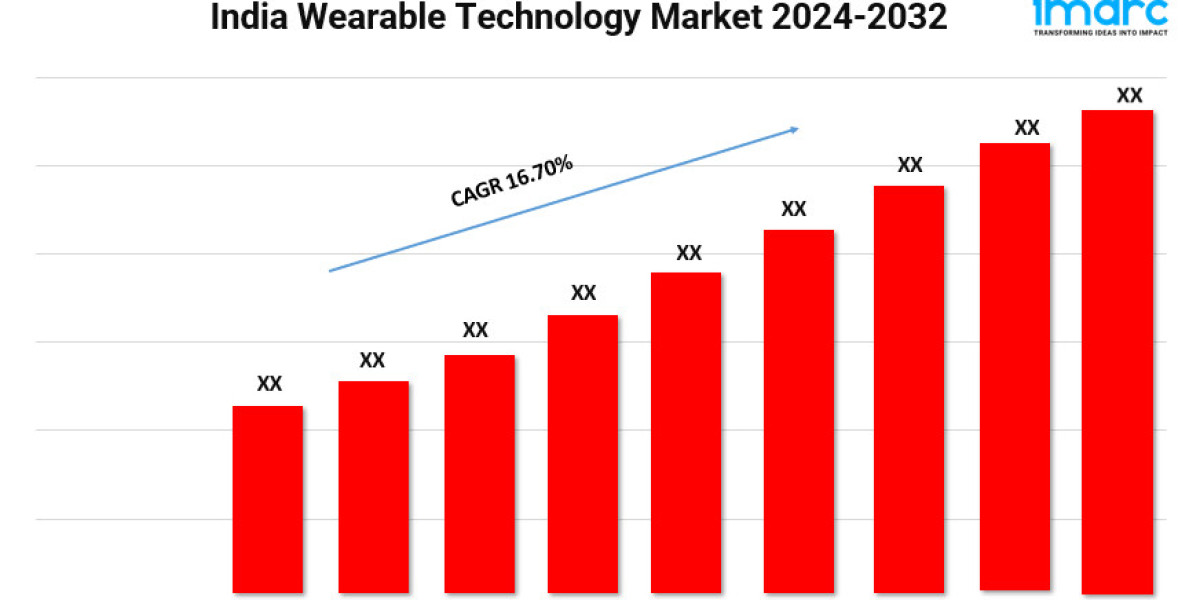As businesses increasingly turn to cloud-based solutions, Software Development as a Service (SDaaS) has emerged as a popular model for developing, deploying, and maintaining software applications. This approach allows organizations to leverage external expertise and resources, streamlining the development process while reducing costs and time to market.
However, selecting the right SDaaS platform is crucial to achieving these benefits. In this article, we'll explore the key features to look for in a Software Development as a Service platform to ensure you make an informed choice and maximize the advantages of this model.
1. Scalability and Flexibility
One of the primary advantages of SDaaS is its scalability. Businesses need a platform that can grow with them, accommodating increasing workloads and evolving project requirements. When evaluating SDaaS platforms, consider:
- Elastic Scaling: The platform should support automatic scaling to handle varying levels of demand without performance degradation.
- Flexible Deployment Options: Look for a platform that offers various deployment options, including public cloud, private cloud, or hybrid environments, to suit your specific needs.
- Customizable Solutions: The ability to tailor the platform’s features and services to your unique business requirements is essential for long-term success.
A scalable and flexible SDaaS platform ensures that your software can adapt to changing needs and support future growth.
2. Robust Security Measures
Security is a top concern when choosing an SDaaS platform, as software applications often handle sensitive data. Key security features to look for include:
- Data Encryption: Ensure that the platform uses strong encryption methods for data in transit and at rest to protect against unauthorized access.
- Access Controls: Look for features that allow you to manage user permissions and roles, ensuring that only authorized personnel can access sensitive information.
- Compliance Certifications: The platform should adhere to industry standards and regulations, such as GDPR, HIPAA, or SOC 2, to ensure it meets security and privacy requirements.
- Regular Security Audits: Check if the platform undergoes regular security audits and vulnerability assessments to identify and address potential risks.
A secure SDaaS platform safeguards your data and ensures compliance with relevant regulations, providing peace of mind.
3. Integration Capabilities
In today’s interconnected business environment, seamless integration with existing systems and third-party applications is crucial. Look for an SDaaS platform that offers:
- API Support: The platform should provide robust APIs that facilitate integration with other software, services, and data sources.
- Pre-built Connectors: Check if the platform offers pre-built connectors for popular applications and services, reducing the time and effort required for integration.
- Custom Integration Options: Ensure that the platform supports custom integration solutions to meet specific business needs.
Effective integration capabilities enable smooth data exchange and workflow automation, enhancing overall efficiency.
4. Development and Collaboration Tools
A comprehensive SDaaS platform should include tools that facilitate development and collaboration among teams. Key features to consider are:
- Integrated Development Environment (IDE): The platform should provide an IDE or support for popular development tools to streamline coding, debugging, and testing.
- Version Control: Look for built-in version control systems to manage code changes, track revisions, and collaborate on development tasks.
- Project Management Tools: Features such as task tracking, team collaboration, and project timelines help manage and monitor progress effectively.
These tools enhance productivity and ensure that development teams can work efficiently and collaboratively.
5. Support and Maintenance Services
Ongoing support and maintenance are critical to ensuring the smooth operation of your software. Consider the following aspects when evaluating SDaaS platforms:
- 24/7 Support: The platform should offer round-the-clock support to address any issues or concerns that may arise.
- Maintenance and Updates: Check if the platform includes regular maintenance and updates to ensure your software remains up-to-date and secure.
- Service Level Agreements (SLAs): Review the SLAs offered by the platform to understand the level of support and response times you can expect.
Reliable support and maintenance services help ensure that your software remains functional and effective over time.
6. Cost Structure and Pricing Transparency
Understanding the cost structure and pricing of an SDaaS platform is essential for budgeting and cost management. Key considerations include:
- Transparent Pricing: Look for a platform that provides clear and upfront pricing information, including any additional costs for features, support, or usage.
- Flexible Pricing Models: The platform should offer flexible pricing options, such as pay-as-you-go or subscription-based models, to align with your budget and usage patterns.
- Cost Control Features: Check if the platform provides tools to monitor and manage costs, such as usage analytics and budget alerts.
A transparent and flexible pricing structure helps you manage costs effectively and avoid unexpected expenses.
7. Performance and Reliability
The performance and reliability of an SDaaS platform are crucial for ensuring that your software operates smoothly and efficiently. Consider the following factors:
- Uptime Guarantees: Look for platforms that offer high uptime guarantees, typically 99.9% or higher, to ensure that your software remains accessible.
- Performance Monitoring: The platform should provide tools for monitoring performance metrics, such as response times and resource usage, to identify and address potential issues.
- Disaster Recovery: Ensure that the platform has a robust disaster recovery plan in place to minimize downtime and data loss in the event of a failure.
High performance and reliability are essential for delivering a positive user experience and maintaining business continuity.
8. User-Friendly Interface
A user-friendly interface is important for ease of use and effective management of the SDaaS platform. Key features to look for include:
- Intuitive Dashboard: The platform should offer an intuitive dashboard that provides a clear overview of key metrics, settings, and tools.
- Customizable UI: Look for options to customize the user interface to match your preferences and workflow.
- Ease of Navigation: The platform should be easy to navigate, with well-organized menus, clear labels, and straightforward processes.
A user-friendly interface enhances productivity and reduces the learning curve for new users.
9. Customization and Extensibility
To meet specific business needs, an SDaaS platform should offer customization and extensibility options. Consider:
- Customizable Features: The platform should allow you to customize features and functionalities to align with your unique requirements.
- Third-Party Integrations: Look for support for third-party integrations that enable you to extend the platform’s capabilities.
- Plugin and Extension Support: Check if the platform supports plugins or extensions that add new functionalities or integrate with other tools.
Customization and extensibility ensure that the platform can adapt to your evolving business needs.
10. Analytics and Reporting
Analytics and reporting features are essential for gaining insights into your software’s performance and user behavior. Key features to consider include:
- Real-Time Analytics: The platform should provide real-time analytics on key metrics, such as user activity, system performance, and transaction volumes.
- Customizable Reports: Look for options to generate customizable reports that provide detailed insights into various aspects of your software.
- Data Visualization: The platform should offer data visualization tools, such as charts and graphs, to help interpret and analyze data effectively.
Analytics and reporting features help you make informed decisions and optimize your software’s performance.
Conclusion
Selecting the right Software Development as a Service (SDaaS) platform is crucial for achieving your development goals and maximizing the benefits of cloud-based solutions. By focusing on key features such as scalability, security, integration capabilities, and support services, you can ensure that the platform you choose aligns with your business needs and objectives. A well-chosen SDaaS platform not only streamlines the development process but also provides the flexibility and tools required to support your software throughout its lifecycle.








